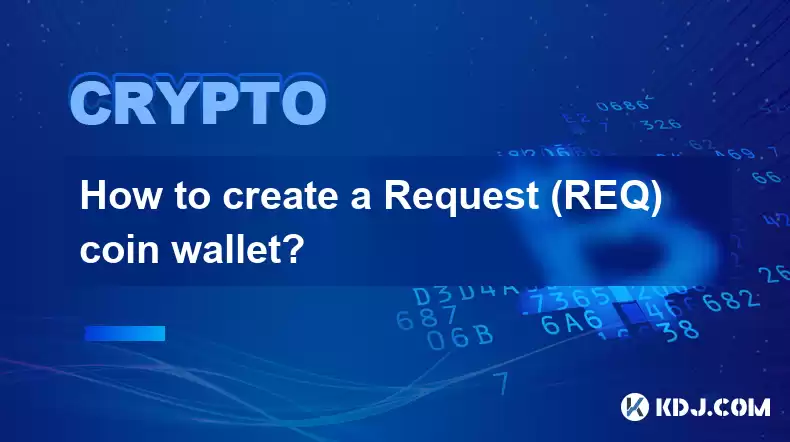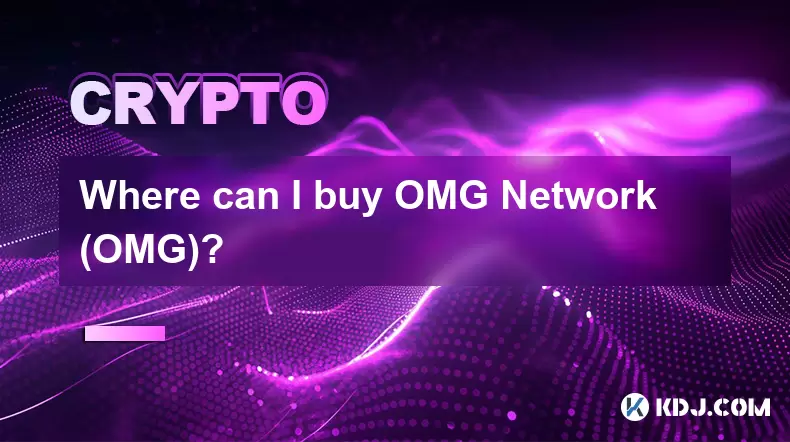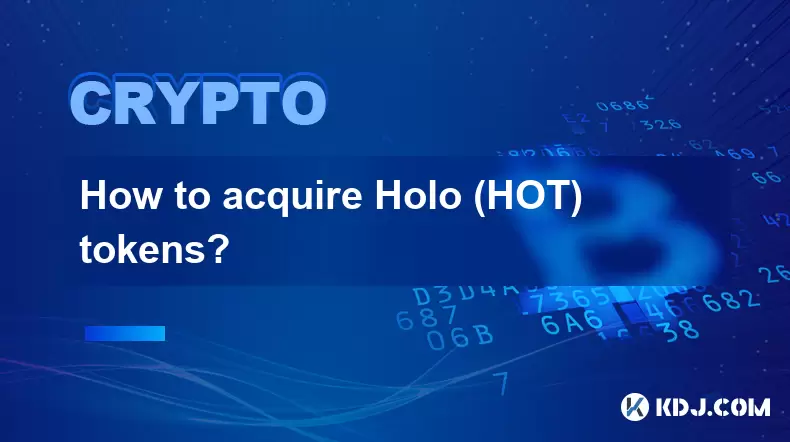-
 Bitcoin
Bitcoin $116700
0.24% -
 Ethereum
Ethereum $3973
4.34% -
 XRP
XRP $3.283
7.68% -
 Tether USDt
Tether USDt $1.000
0.01% -
 BNB
BNB $789.8
2.27% -
 Solana
Solana $176.2
3.31% -
 USDC
USDC $0.9999
0.00% -
 Dogecoin
Dogecoin $0.2238
5.14% -
 TRON
TRON $0.3389
-0.51% -
 Cardano
Cardano $0.7907
4.03% -
 Stellar
Stellar $0.4527
10.02% -
 Hyperliquid
Hyperliquid $41.07
4.27% -
 Sui
Sui $3.794
1.77% -
 Chainlink
Chainlink $19.49
10.40% -
 Bitcoin Cash
Bitcoin Cash $580.9
0.74% -
 Hedera
Hedera $0.2617
4.32% -
 Avalanche
Avalanche $23.41
3.67% -
 Ethena USDe
Ethena USDe $1.001
-0.03% -
 Litecoin
Litecoin $122.4
1.38% -
 Toncoin
Toncoin $3.364
1.49% -
 UNUS SED LEO
UNUS SED LEO $8.988
0.37% -
 Shiba Inu
Shiba Inu $0.00001295
2.82% -
 Uniswap
Uniswap $10.62
5.75% -
 Polkadot
Polkadot $3.922
4.46% -
 Dai
Dai $1.000
0.01% -
 Bitget Token
Bitget Token $4.494
2.15% -
 Monero
Monero $268.0
-1.30% -
 Cronos
Cronos $0.1523
3.68% -
 Pepe
Pepe $0.00001127
4.43% -
 Aave
Aave $285.4
4.85%
How to create a Request (REQ) coin wallet?
A REQ coin wallet, a digital repository for REQ coins, is crucial for securely storing, sending, and receiving your digital assets on the Ethereum blockchain.
Dec 24, 2024 at 10:43 am

Key Points:
- Understanding the Importance of a REQ Coin Wallet
- Types of REQ Coin Wallets
- Steps for Creating a REQ Coin Wallet with MyEtherWallet
- Steps for Creating a REQ Coin Wallet with Ledger Nano X
- Steps for Creating a REQ Coin Wallet with Trezor Model T
- Best Practices for Securing Your REQ Coin Wallet
How to Create a Request (REQ) Coin Wallet?
Understanding the Importance of a REQ Coin Wallet
A Request (REQ) coin wallet is a digital wallet used to store, send, and receive REQ coins. It serves as a secure repository for your digital assets and enables you to access the Ethereum blockchain. Choosing the right REQ coin wallet is crucial to ensure the security and accessibility of your funds.
Types of REQ Coin Wallets
There are various types of REQ coin wallets available, each with its own advantages and disadvantages:
- Software Wallets: These wallets are software applications that store your private keys on your computer or mobile device. They are convenient but less secure than hardware wallets.
- Hardware Wallets: These wallets are physical devices designed to securely store your private keys offline. They provide a higher level of security but can be more expensive than software wallets.
- Web Wallets: These wallets are hosted by third-party providers and accessed through a web browser. They offer convenience but may be less secure than other types of wallets.
- Mobile Wallets: These wallets are designed for use on smartphones and tablets. They are convenient but may be less secure than hardware or software wallets.
Steps for Creating a REQ Coin Wallet with MyEtherWallet
- Visit the MyEtherWallet website: www.myetherwallet.com
- Select "Create New Wallet": Click on the "Create New Wallet" button to start the process of creating a new REQ coin wallet.
- Store Your Seed Phrase: You will be presented with a mnemonic seed phrase consisting of 12 words. This phrase is essential for recovering your wallet if you lose your password or the device containing the wallet. Write down the phrase in a safe place and do not share it with anyone.
- Create a Strong Password: Set a strong password to encrypt your wallet. This password will be required every time you access your wallet.
- Confirm Your Password: Re-enter your password to confirm it.
- Download Keystore File: Click on the "Download Keystore File" button to download a keystore file to your computer. This file contains your wallet's encrypted private key. Keep it in a safe place.
Steps for Creating a REQ Coin Wallet with Ledger Nano X
- Connect your Ledger Nano X: Connect your Ledger Nano X device to your computer via USB.
- Install the Ethereum App: On your Ledger Nano X, install the Ethereum app from the Ledger Live software.
- Create a New Account: Open the Ethereum app on your Ledger Nano X and create a new account. You will be prompted to set a name for the account and choose the type of derivation path.
- Verify Your Address: Verify the Ethereum address displayed on your Ledger Nano X screen. This is the public address you will use to receive REQ coins.
- Store Your Recovery Phrase: Your Ledger Nano X will generate a 24-word recovery phrase. Write down the phrase in a safe place and keep it confidential.
Steps for Creating a REQ Coin Wallet with Trezor Model T
- Connect your Trezor Model T: Connect your Trezor Model T device to your computer via USB.
- Initialize Your Trezor Model T: Follow the on-screen instructions to initialize your Trezor Model T device. This includes setting up a PIN and a passphrase.
- Install the Ethereum App: On your Trezor Model T, install the Ethereum app from the Trezor Suite software.
- Create a New Account: Open the Ethereum app on your Trezor Model T and create a new account. You will be prompted to set a name for the account and choose the type of derivation path.
- Verify Your Address: Verify the Ethereum address displayed on your Trezor Model T screen. This is the public address you will use to receive REQ coins.
- Store Your Recovery Phrase: Your Trezor Model T will generate a 12-word recovery phrase. Write down the phrase in a safe place and keep it confidential.
Best Practices for Securing Your REQ Coin Wallet
- Use a strong password and store your seed phrase in a safe place.
- Enable two-factor authentication (2FA) if available.
- Keep your software and hardware wallets updated with the latest security patches.
- Be cautious of phishing attempts and never share your private keys or seed phrase with anyone.
FAQs
Q: What other hardware wallets can I use to store REQ coins?
A: In addition to Ledger Nano X and Trezor Model T, you can also use hardware wallets such as Keystone Pro, SafePal S1, and CoolWallet Pro.
Q: How do I send REQ coins from my wallet?
A: To send REQ coins, open your REQ coin wallet and enter the recipient's public address. Specify the amount of REQ coins you wish to send and initiate the transaction. Your coins will be sent via the Ethereum network.
Q: How do I recover my REQ coin wallet if I lose my device or seed phrase?
A: If you have stored your seed phrase securely, you can recover your wallet by importing the seed phrase into a new REQ coin wallet. If you lose both your seed phrase and your device, your funds may be unrecoverable.
Disclaimer:info@kdj.com
The information provided is not trading advice. kdj.com does not assume any responsibility for any investments made based on the information provided in this article. Cryptocurrencies are highly volatile and it is highly recommended that you invest with caution after thorough research!
If you believe that the content used on this website infringes your copyright, please contact us immediately (info@kdj.com) and we will delete it promptly.
- Roman Storm, Funding Effort, and the Looming Defense Retrial: A New York Minute on the Tornado Cash Case
- 2025-08-09 02:50:14
- Crypto's Wild Ride: XRP, Dogecoin, and the Altcoin Surge You Can't Ignore
- 2025-08-09 02:50:14
- Elon Musk, Bitcoin, and the Enduring Power of Approval: A Crypto Love Story?
- 2025-08-09 03:50:15
- Ruvi AI: The Next Big Thing After Ripple on CoinMarketCap?
- 2025-08-09 03:50:15
- Floki Price Surges: Elliott Wave and Fibonacci Setups Point to Potential Gains!
- 2025-08-09 02:30:16
- Pepe Price, RTX (Remittix?) & the $10K ETH Dream: NYC Crypto Chatter
- 2025-08-09 02:30:16
Related knowledge

Where can I buy UMA (UMA)?
Aug 07,2025 at 06:42pm
Understanding UMA and Its Role in Decentralized FinanceUMA (Universal Market Access) is an Ethereum-based decentralized finance (DeFi) protocol design...

What is the best app to buy Nano (NANO)?
Aug 09,2025 at 03:35am
Understanding Nano (NANO) and Its Unique FeaturesNano is a feeless, instant cryptocurrency designed for fast peer-to-peer transactions. Unlike many ot...

Where can I purchase Siacoin (SC)?
Aug 08,2025 at 11:14am
Understanding Siacoin (SC) and Its Role in the Sia NetworkSiacoin (SC) is the native cryptocurrency of the Sia decentralized cloud storage platform, a...

Where can I buy OMG Network (OMG)?
Aug 08,2025 at 12:57pm
Understanding OMG Network (OMG) and Its PurposeThe OMG Network, originally known as OmiseGO, is a layer-2 scaling solution built on the Ethereum block...

What exchanges support buying IOTA (MIOTA)?
Aug 07,2025 at 09:58pm
Understanding the Role of Private Keys in Cryptocurrency SecurityIn the world of cryptocurrency, private keys are the cornerstone of ownership and con...

How to acquire Holo (HOT) tokens?
Aug 08,2025 at 05:56am
Understanding Holo (HOT) and Its EcosystemHolo (HOT) is a cryptocurrency token associated with the Holo ecosystem, which is built on the Holochain fra...

Where can I buy UMA (UMA)?
Aug 07,2025 at 06:42pm
Understanding UMA and Its Role in Decentralized FinanceUMA (Universal Market Access) is an Ethereum-based decentralized finance (DeFi) protocol design...

What is the best app to buy Nano (NANO)?
Aug 09,2025 at 03:35am
Understanding Nano (NANO) and Its Unique FeaturesNano is a feeless, instant cryptocurrency designed for fast peer-to-peer transactions. Unlike many ot...

Where can I purchase Siacoin (SC)?
Aug 08,2025 at 11:14am
Understanding Siacoin (SC) and Its Role in the Sia NetworkSiacoin (SC) is the native cryptocurrency of the Sia decentralized cloud storage platform, a...

Where can I buy OMG Network (OMG)?
Aug 08,2025 at 12:57pm
Understanding OMG Network (OMG) and Its PurposeThe OMG Network, originally known as OmiseGO, is a layer-2 scaling solution built on the Ethereum block...

What exchanges support buying IOTA (MIOTA)?
Aug 07,2025 at 09:58pm
Understanding the Role of Private Keys in Cryptocurrency SecurityIn the world of cryptocurrency, private keys are the cornerstone of ownership and con...

How to acquire Holo (HOT) tokens?
Aug 08,2025 at 05:56am
Understanding Holo (HOT) and Its EcosystemHolo (HOT) is a cryptocurrency token associated with the Holo ecosystem, which is built on the Holochain fra...
See all articles

























































































